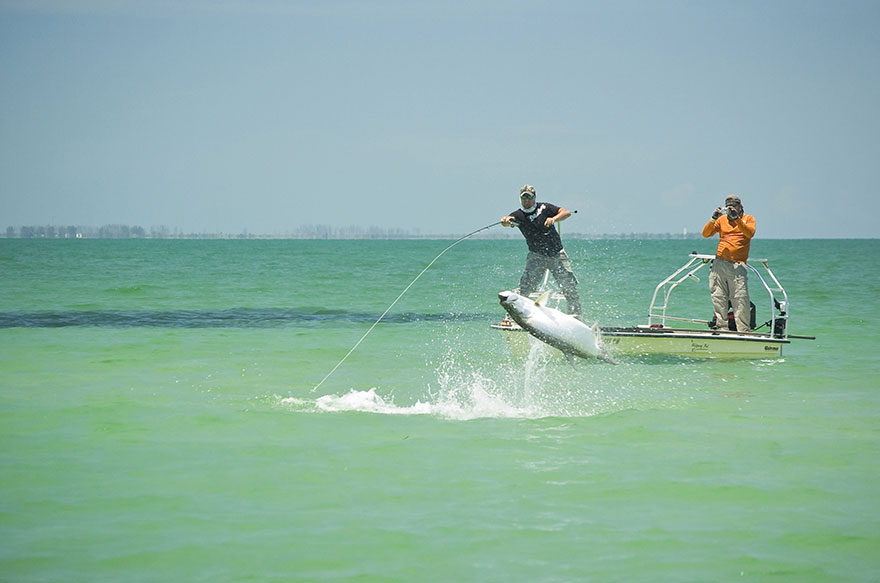The new study looks at the economic benefits of Tampa Bay, from heavy industry to eco-tourism.
Obviously, ports, tourism and waterfront real estate add billions to the local economy each year. But the impact reaches across nearly every industry and economic development initiative because people like living and working near a beautiful body of water.
A study underway at the Tampa Bay Regional Planning Council, partially funded by the Tampa Bay Estuary Program, is taking an in-depth look at the economic value of Tampa Bay, from industries that depend upon the bay to those that benefit from a clean and healthy bay.
“It’s a three-part study,” explains Patrick O’Neil, TBRPC’s principal planner for economic development/economic analysis:
- Determining the dollar amount contributed by businesses that depend upon the bay, including the ports.
- Calculating the contribution of industries that require a healthy bay, such as fishing, tourism and real estate.
- Totaling those numbers and comparing the sum to the gross regional product to determine the percentages of the region’s economy that depend upon Tampa Bay, as well as those which need a clean and healthy bay.
Although multiple studies have been done to assess the value of the bay, this one is unique in that it looks at the value of a clean, healthy bay rather than just the body of water itself, notes Holly Greening, executive director of the TBEP. “If we can show the financial value of a healthy bay, I think we’ll see increased support for restoration and protection initiatives at all levels.”
A clean bay is critical for economic development, adds Mike Meidel, director of Pinellas County Economic Development. “A lack of quality workers is one of the biggest issues facing businesses in the region, and those high-wage, innovative and creative people want to play in the water.”
The first phase of the study is underway now, with experts from the Agency on Bay Management and the One Bay Livable Communities Working Group providing input on the dependence of specific industries upon the bay and on a clean and healthy bay.
The second phase will use a tool known as REMI – for Regional Economic Models, Inc. – to track the impact of those businesses throughout Tampa Bay’s watershed. “One of the original applications of the model was in Southern California to determine the economic impact of cleaning up air pollution,” notes Avera Wynne, TBRPC’s planning director. “Installing scrubbers on smokestacks and emission control systems on vehicles was expensive but REMI showed the return on investment, in terms of less pollution and better health, from those improvements.”
In Tampa Bay, this model will allow planners and policy makers to estimate the cost-benefit of restoring or protecting Tampa Bay against its potential return on investment to the regional economy, Wynne said. “We’ll all be in a better position to decide which actions to take.”
The impact of the bay permeates nearly every business sector, O’Neil adds. “A longshoreman’s job is clearly dependent upon the bay, but he also eats at McDonald’s so part of those jobs are dependent upon the bay too.”
In other cases, being close to a clean bay creates a premium value. “A grouper sandwich might be worth $15 in a waterfront restaurant but only $10 in downtown,” O’Neil said. Real estate and tourism also are impacted, with waterfront locations showing significant increases in value over similar homes or hotels on land-locked lots.
On the other hand, if the bay were not clean and healthy, people would avoid it and a bayfront home or waterfront hotel would become a liability instead of an asset, Meidel said. “If the bay is dirty, it would be worse than not existing at all.”
